
James Hilton’s 1933 novel Lost Horizon sees the survivors of a plane crash stumble upon utopia, hidden away from the world, deep within the mountains of Tibet.
Called Shangri-La, what they found could just as well have been the stunning Himalayan kingdom of Bhutan – it means ‘Land of the Thunder Dragon’ – with its fluttering prayer flags, lush valleys and mountain vistas dotted with remote Buddhist monasteries perched on high ledges.
TV only arrived in the late nineties; the internet and mobile phones just 20 years ago.
The landlocked country, which borders India, China and Tibet, is only accessible at ground level through challenging mountain passes, and that’s kept it uniquely untouched for millennia.
The international airport was built in 1968, and the government opened its doors to foreign visitors in 1974. Thanks to limitations on tourists only a few trickle in even now. (If you’re blonde and blue-eyed, expect to be photographed – we are a novelty.)
TV only arrived in the late nineties; the internet and mobile phones just 20 years ago.
The forests in Bhutan's 14,824 sq miles absorb more than it emits
Despite some modernisation, Bhutan aims to retain its unique charm – there’s even a Yeti refuge in the Sakteng Wildlife Sanctuary in Trashigang, where 460 sq miles have been set aside for the beast that many Bhutanese say is certainly not mythical.
It’s actively sustainable too – a carbon negative country, the forests in its 14,824 sq miles absorb more than it emits. To keep things pristine, visits to Bhutan must be booked through a tour operator such as Saga, and incur a ‘Sustainable Development Fee’, which recently dropped from $250 (£197) to $100 (£79) per day.
It is compulsory that your package includes a local guide, but it is worth it to have these licensed and educated Bhutan specialists explain their history, myths and legends, or even help with souvenir shopping.

The scenery is undeniably breathtaking; however, Bhutan is not just beautiful on the outside. The king – His Majesty The Druk Gyalpo Jigme Khesar Namgyel Wangchuck (‘druk’ means dragon) – has decreed that Bhutan will count "gross national happiness" rather than "gross domestic product", as explored in depth in a new documentary, Agent of Happiness.
Leaning into that happiness, the Bhutanese are exceptionally hospitable and very proud of their culture. Almost everyone wears national costume (the gho for men, kira for women), and new buildings echo those of the past – white houses emblazoned with elaborate tigers and dragons, and gilded wooden carved beams.
You’ll arrive in Paro, serviced by two-hour flights from Delhi. Try to snag a window seat for a glimpse of Everest. You can also fly in over the Himalayas from Kathmandu, Nepal.
From here, the capital Thimphu is often the first stop. Overlooking the city, the 169ft-tall golden Shakyamuni Buddha Dordenma – one of the world’s tallest Buddhas – is supposed to fulfil a prophecy that says it’ll bestow blessings and bring happiness and peace to the world. Completed in 2015, inside the base are more than 100,000 little Buddha statues.
Bhutan will count "gross national happiness" rather than "gross domestic product"
Also in Thimphu, be sure to take a peek at the Bhutanese national animal, the takin, a yak-like creature unique and native to the country, in the city’s royal preserve. From here, we head toward the fertile valleys of Punakha, winding through the mountains in multiple hairpin bends.
Take a welcome stop for tea at Dochu La, a mountain pass at 10,301ft, and the spot to take in a view of the Himalayas. You will also be looking at the highest unclimbed mountain in the world, Gangkhar Puesum, at 24,836ft.
Our guide explains no one is allowed on any of the mountains, since the monks claimed that’s where the gods live.
Descending into Punakha, the landscape changes to tiered paddy fields where the staple red rice grows, along with chilli fields – all farmed by hand. Here, chillies are eaten as a vegetable, often covered with melted cheese. For other treats try the momos, a local dish of steamed dumplings, or cordyceps ice cream made from parasitic fungus, highly valued for its medicinal properties – and weirdly delicious!
The Mo Chhu and Pho Chhu rivers wind through here and it’s the site of the riverfront Punakha Dzong (fortress) – one of the oldest fortified monasteries in the country, built in 1637.

Saving the best for last, it’s time to make the pilgrimage up to Paro Taktsang, better known as Tiger’s Nest. Like something out of a fantasy film, this monastery precariously clings to a cliff 10,240ft above sea level.
Built in 1692, it is one of the world’s most sacred Buddhist sites. Legend has it that in the 8th century, Indian Buddhist master Guru Rinpoche rode here on the back of a tigress.
It’s not an easy trek – while it’s only roughly a four-mile round trip, there’s an elevation gain of 1,699ft, with some steep and rocky parts. You may become breathless due to the height, though ironically, younger people are affected more by altitude sickness than mature folk. Your trusty guide will be packing oxygen, just in case.
A restaurant halfway up has an expansive deck for a rest and obligatory selfie. You can hire a local to lead you on a pack pony to take the strain and get you to this bit. However, if you’re active you should be able to make it there and back within six hours, taking frequent breaks to recharge, admire the view, sit, meditate, spin the prayer wheel (always clockwise) and wonder at the locals in their kiras and ghos effortlessly sprinting past.
If you are lucky enough to be in Bhutan, you did something good in a past life
I’m 64, in reasonable shape (but with an iffy knee), and managed to get there and back in five hours with some of that time in the monastery.
The reward is immense. Looking out of the tiny windows at the mountain ledges, the rainbow-lit waterfall and city below is a lifetime highlight.
Maybe tonight calls for a traditional Bhutanese stone bath – a wooden tub filled with water heated by huge rocks from an open fire. They’re rolled into the tub down a wooden chute, where they exude soothing minerals. Luxuriate in that piping hot steam and contemplate a local saying: if you are lucky enough to be in Bhutan, you did something good in a past life.
Either way, you’ll have enjoyed something great in this one.
Tailor-Made Travel by Saga offers customisable tours to Bhutan:
Enjoy the highlights of Northern India and Bhutan – 12 nights, your choice of dates, from £3,539pp excluding flights.
Journey alongside English-speaking local guides – 12 nights, your choice of dates, from £3,412pp excluding flights.
Both tours offer itineraries crafted by our specialists and tailored for the Saga customer, but our team can work with you to create your bespoke holiday.
Book today: Call 0808 189 3651 or visit saga.co.uk/bhutan
This article appeared in the August 2024 edition of Saga Magazine.

Every issue of Saga Magazine is packed with inspirational real-life stories, exclusive celebrity interviews, brain-teasing puzzles and travel inspiration. Plus, expert advice on everything from health and finance to home improvements, to help you enjoy life to the full.
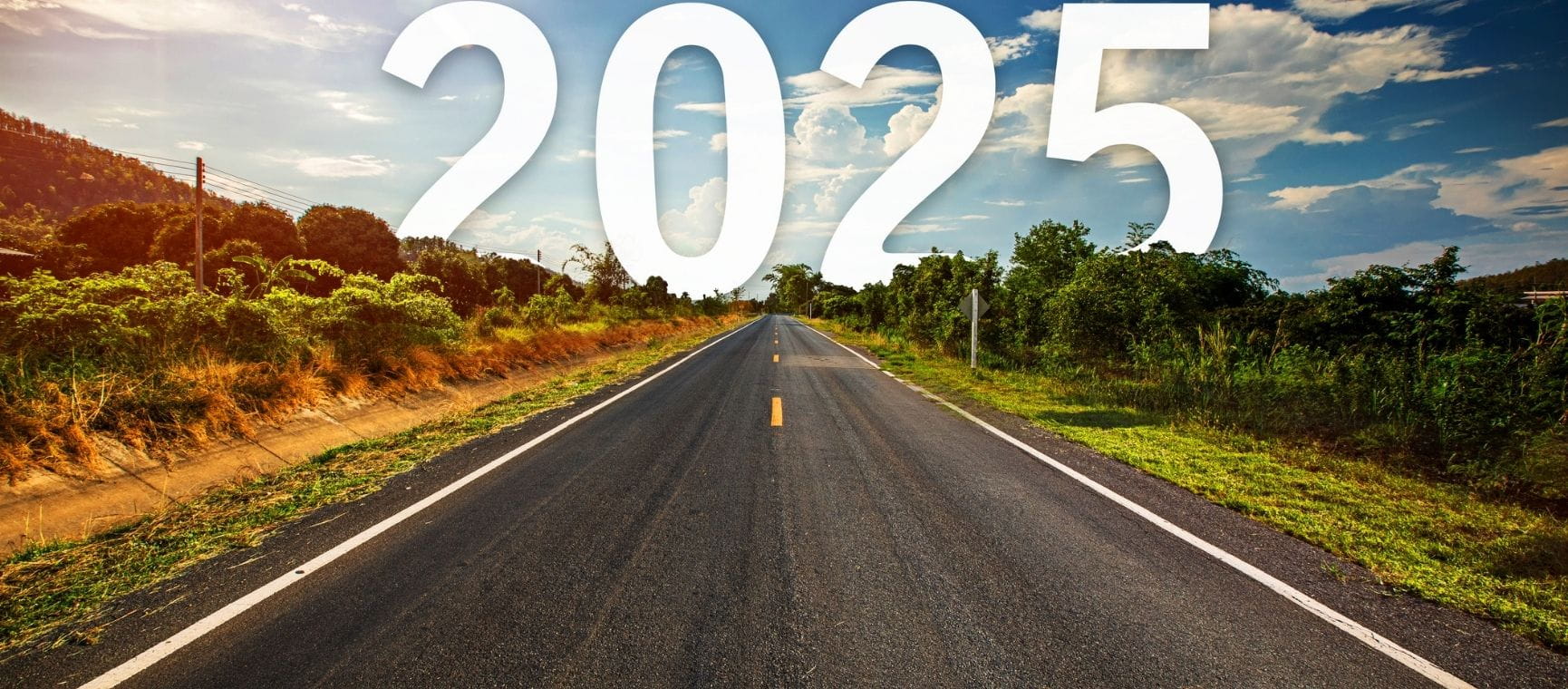
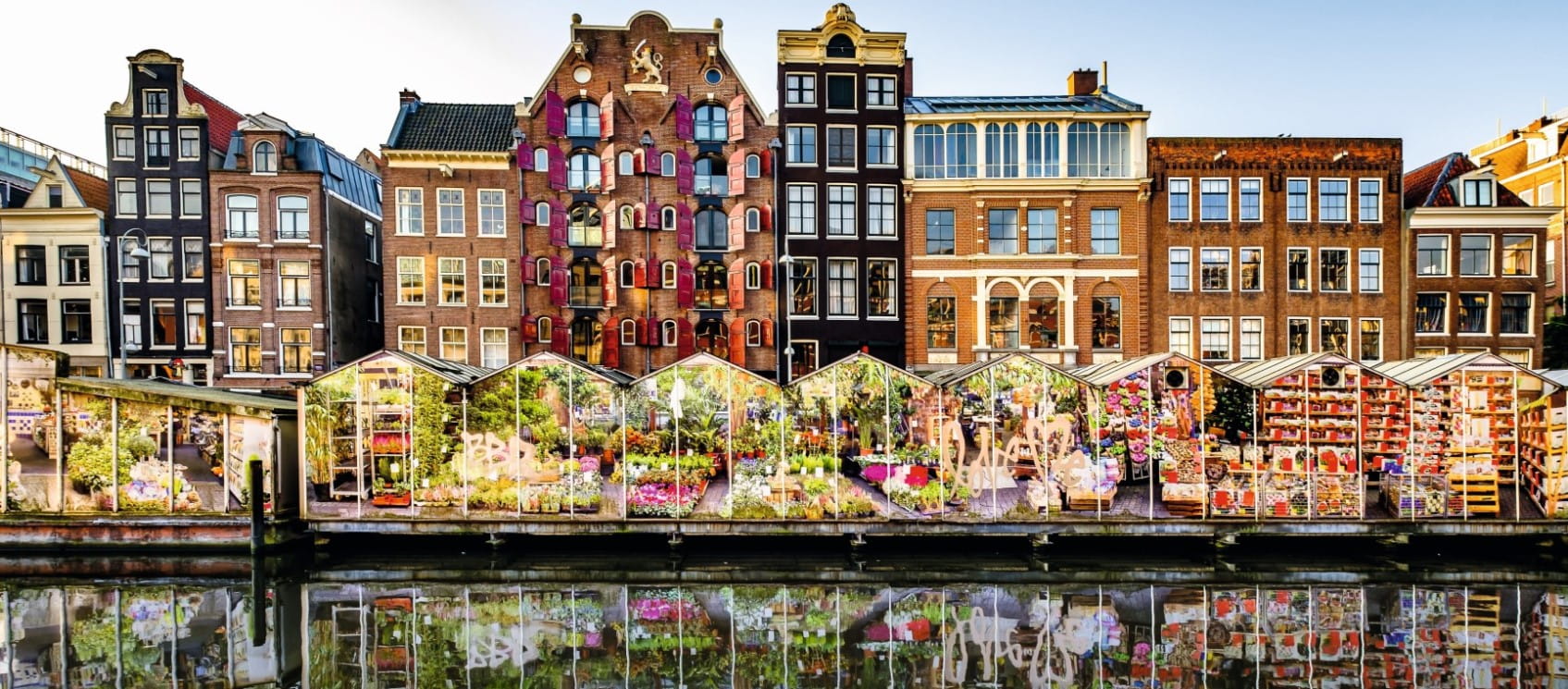
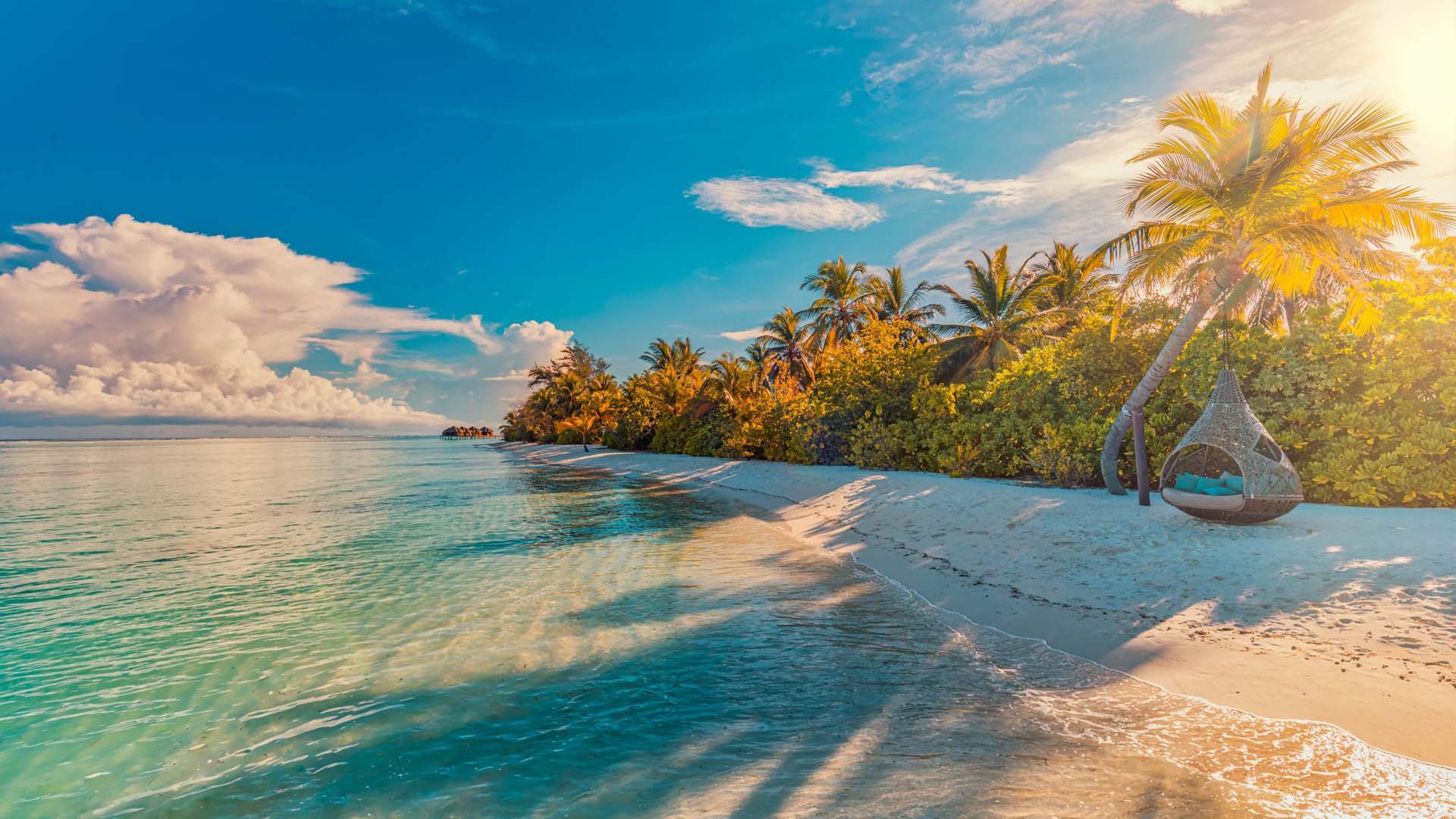
Whether your perfect beach holiday is just sun, sea and sand, or if you like a bit of sightseeing, shopping or snorkelling thrown in, one of these might be your ideal destination.
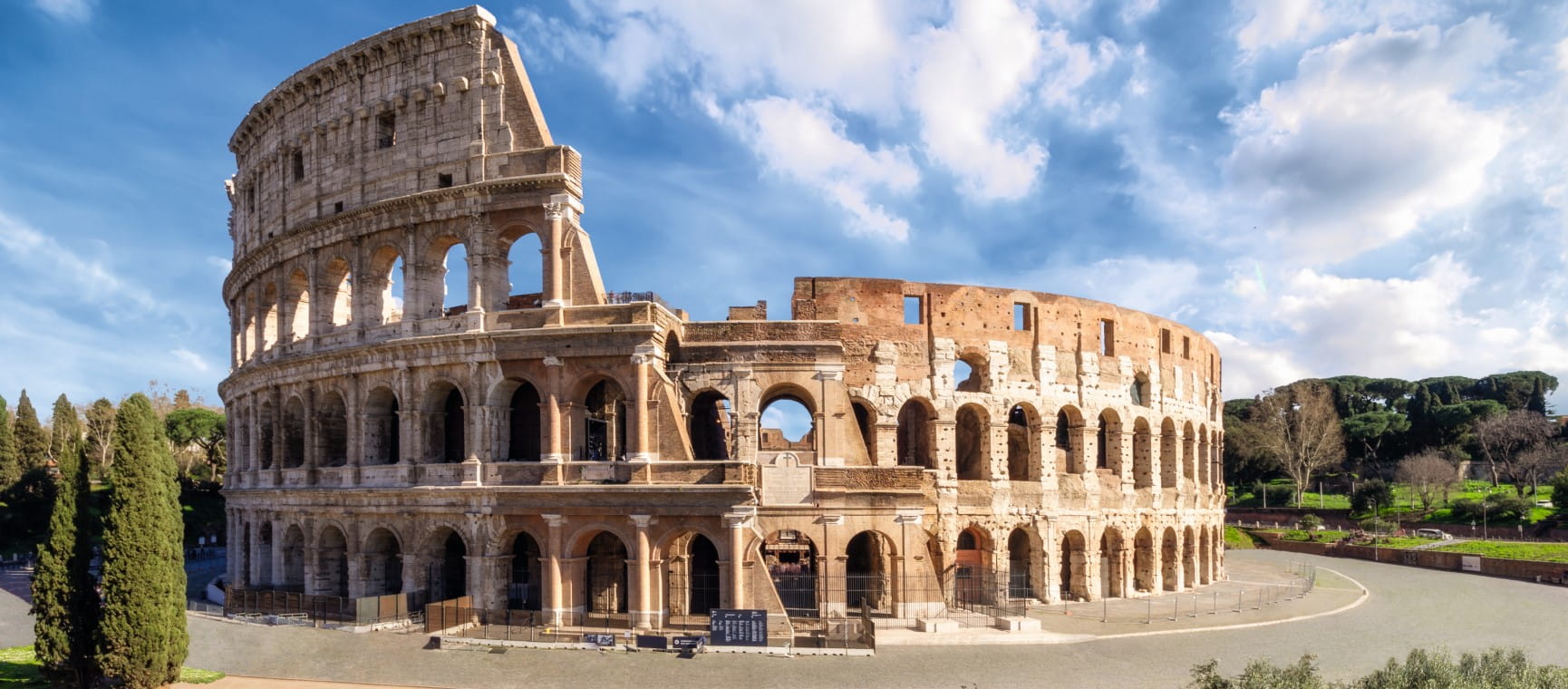
Jetting off to Italy’s ‘Eternal City’? We reveal the best places to visit in Rome, from ancient temples to al fresco dining with a view.
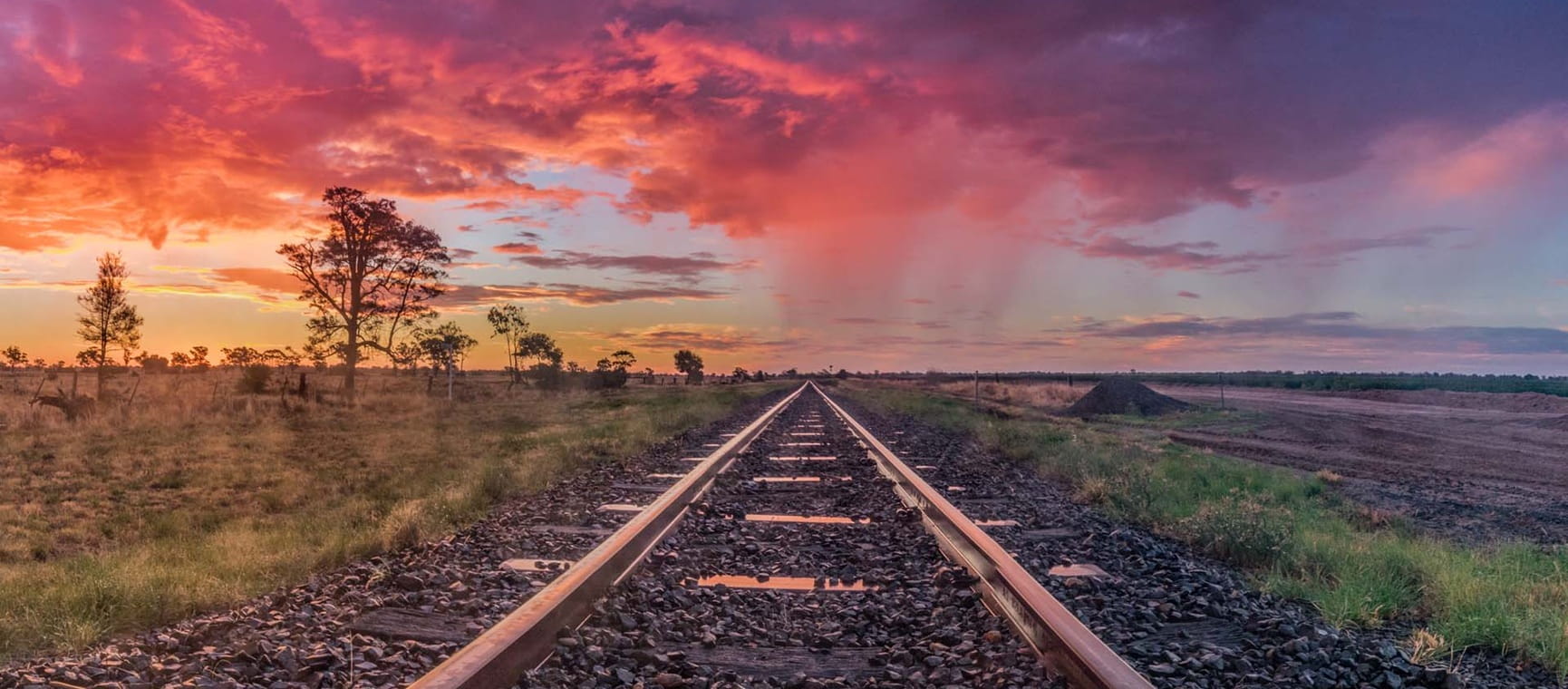

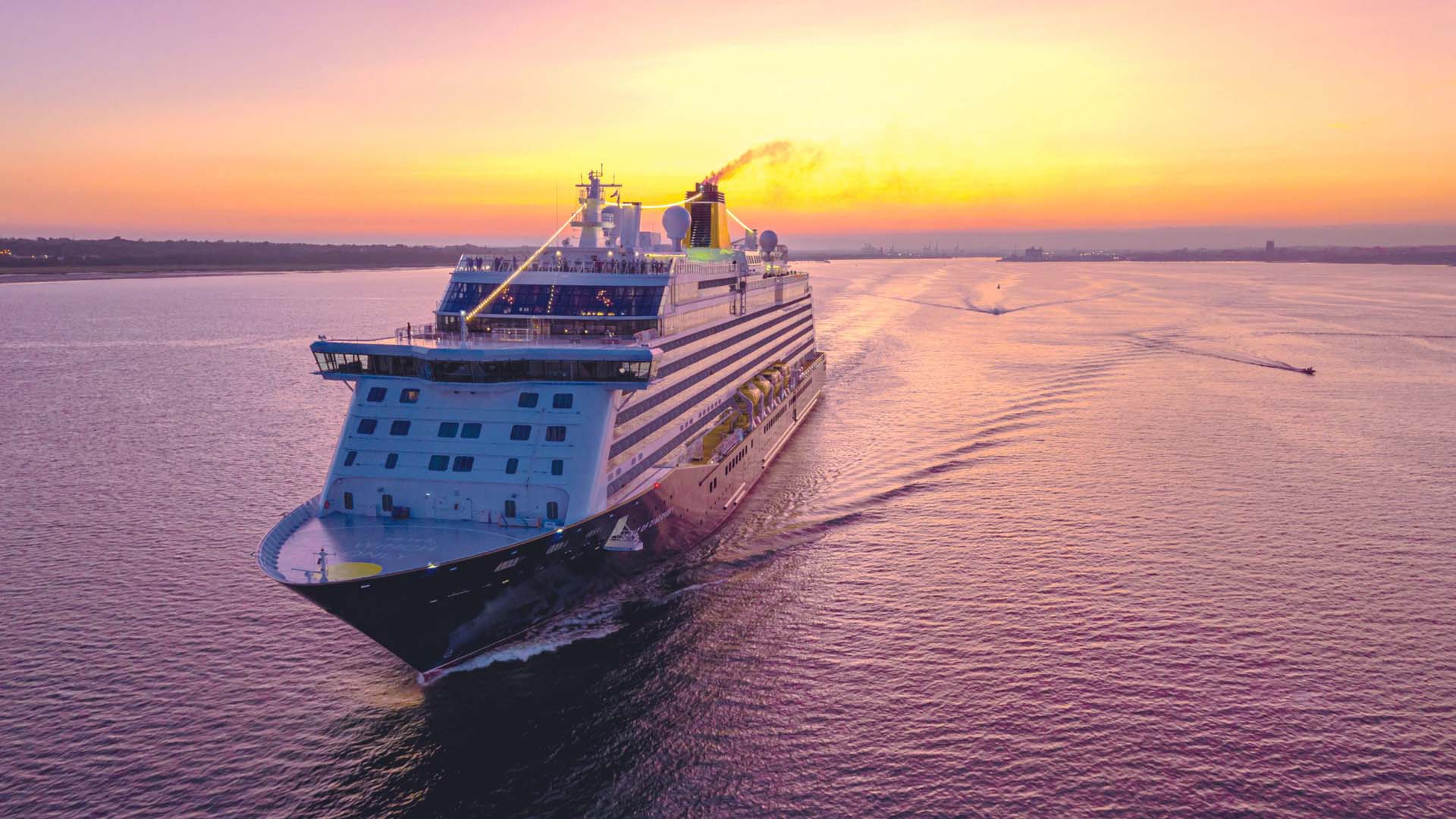
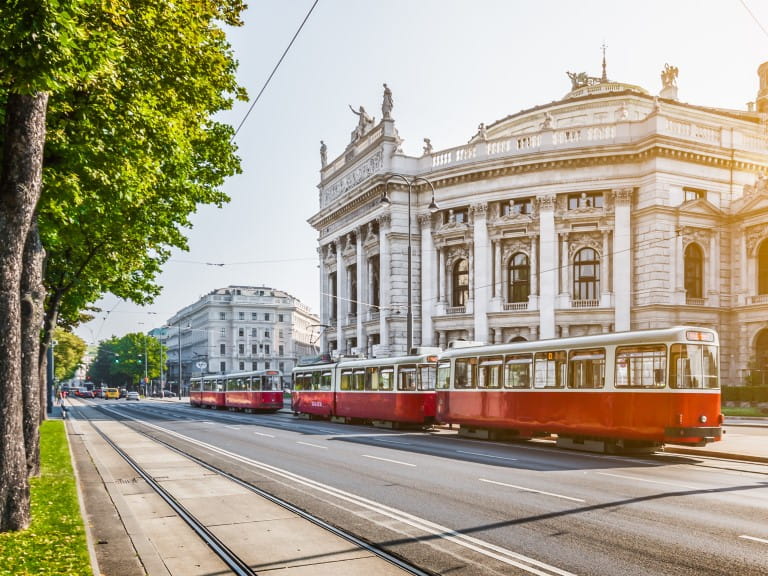
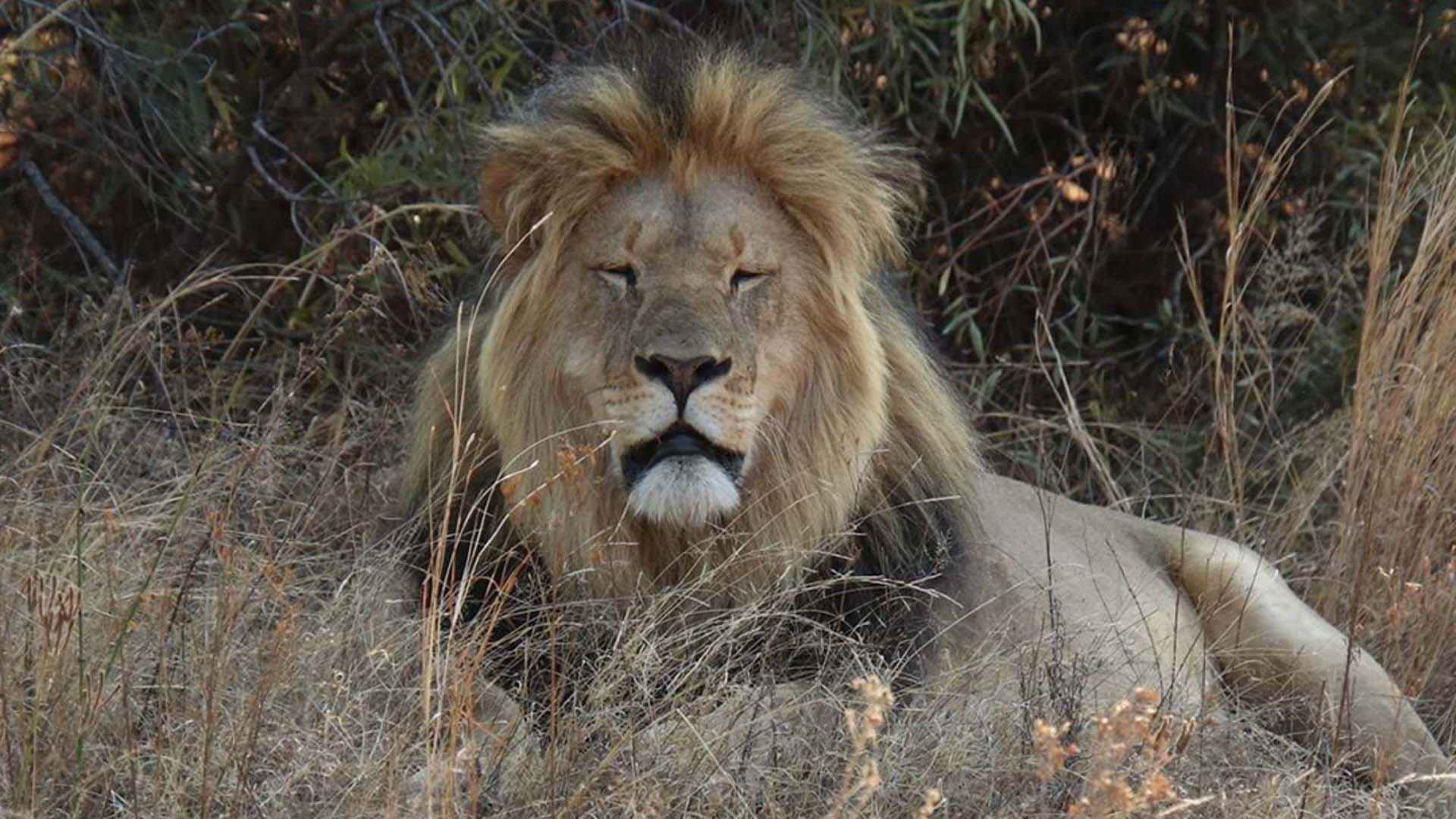
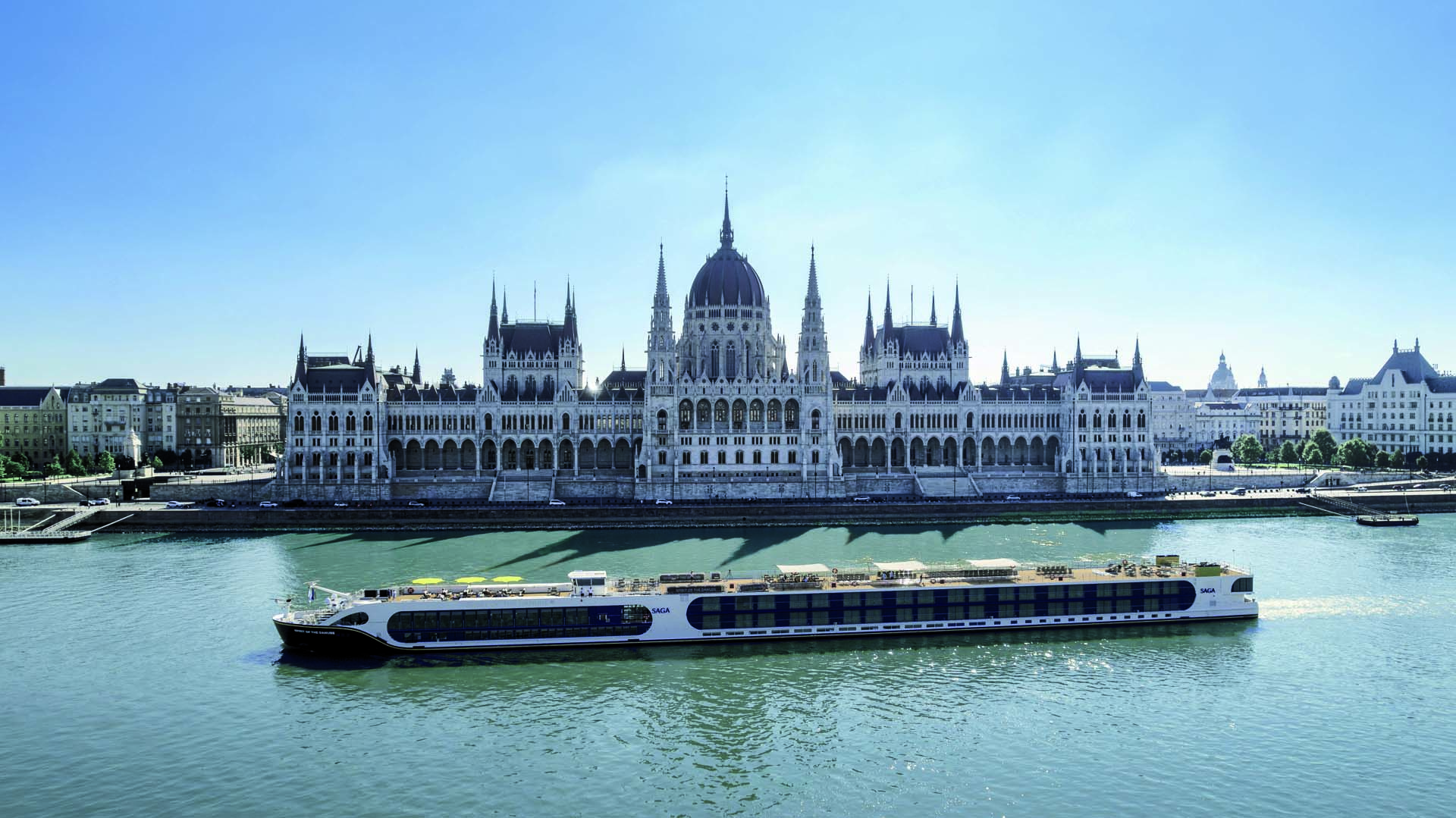
A different destination every day - why a river cruise could be your perfect summer holiday.
